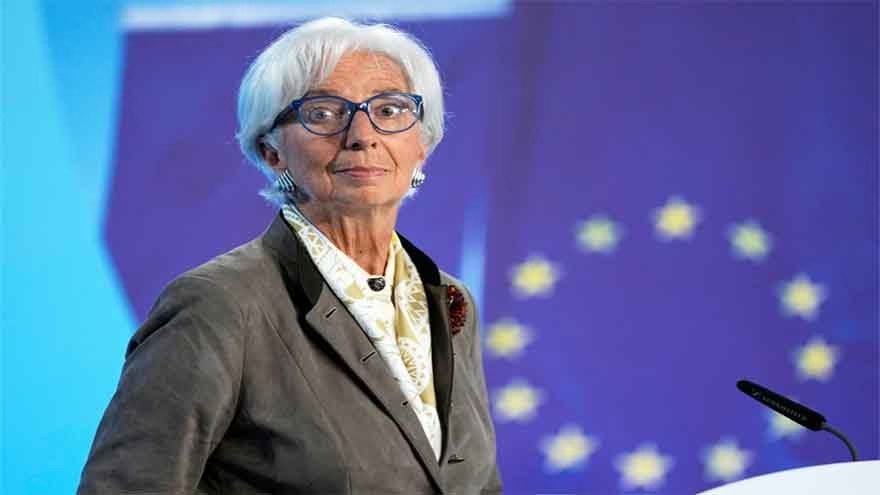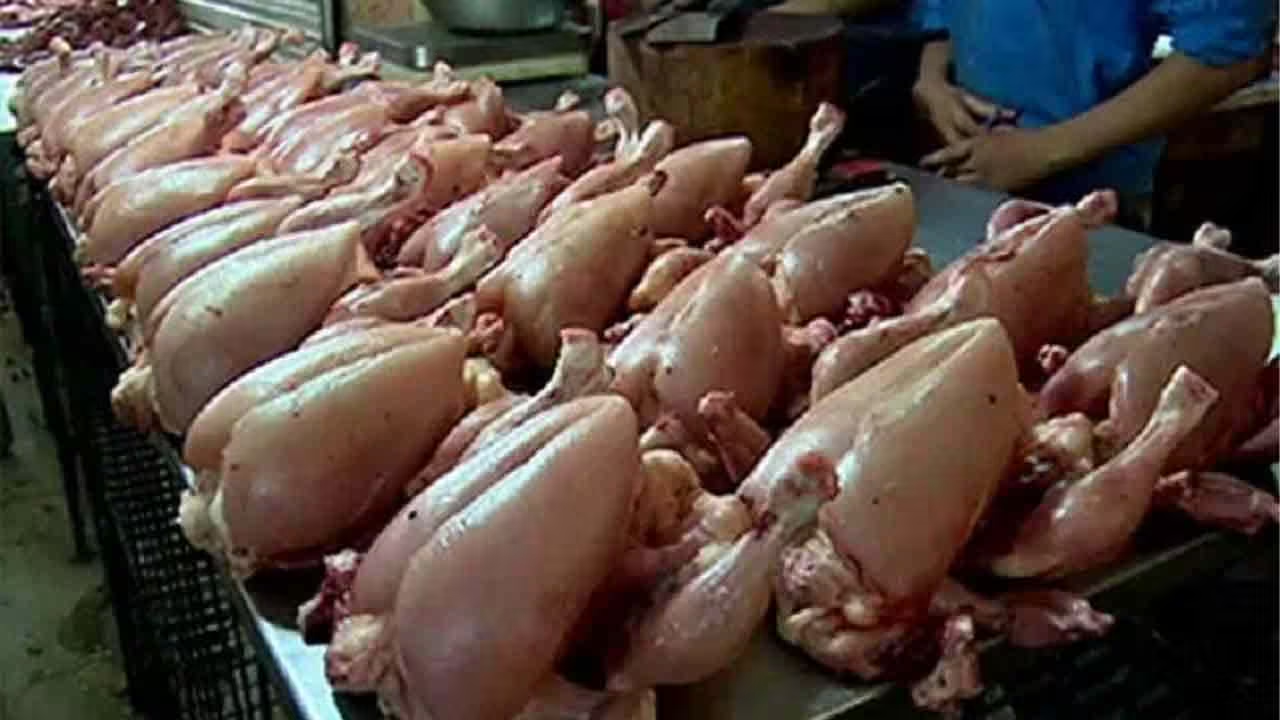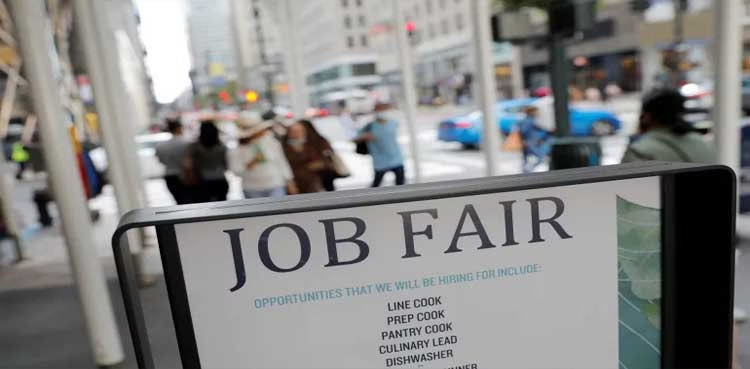Europe’s economy has shown surprising resilience in the face of former U.S. President Donald Trump’s tariffs. While many expected a significant shock to growth and inflation across the eurozone, the European Central Bank (ECB) says proactive policies, trade deals, and a stronger euro have helped cushion the impact.
Europe’s Economy and the Tariff Challenge
When Trump’s trade war began, analysts predicted it would hurt Europe’s economy by disrupting supply chains and raising costs for raw materials. However, Christine Lagarde, President of the ECB, explained that the situation has been less damaging than expected. Speaking in Helsinki, she highlighted that tariffs were capped at 15% following a deal between Trump and European Commission President Ursula von der Leyen.
This agreement reduced uncertainty for businesses and allowed Europe’s economy to avoid the severe disruptions that could have occurred under a cycle of retaliatory tariffs. By not escalating the conflict, the European Union ensured continued access to essential imports without burdening companies or consumers with higher costs.
Inflation Trends in Europe’s Economy
One of the key concerns about tariffs was their potential to drive up prices. However, Europe’s economy has managed inflation effectively. In August, eurozone inflation stood at a moderate 2%. A stronger euro, supported by a weaker U.S. dollar, made imports cheaper and helped contain price pressures.
This stability in inflation has supported consumer purchasing power, a crucial factor in maintaining overall economic health. By contrast, U.S. inflation remained elevated, highlighting the different impacts of tariff policies on both economies.
Growth Outlook for Europe’s Economy
Despite the challenges, growth in Europe’s economy has been modest but steady. The eurozone expanded by 0.1% in the second quarter compared to the previous quarter. While this figure shows sluggish progress, it also demonstrates that Europe avoided the deep downturn many predicted.
According to ECB estimates, tariffs and uncertainty could still reduce growth by about 0.7 percentage points between 2025 and 2027. Even so, Europe’s economy is proving more stable than anticipated, thanks to coordinated responses from EU institutions and member states.
Supply Chains and Europe’s Economy
Christine Lagarde emphasized that Europe has not faced major supply chain disruptions. Indicators of bottlenecks remain close to historical averages, suggesting that the flow of goods has continued relatively smoothly. By avoiding retaliatory tariffs, the EU prevented blockages that could have raised costs or slowed production.
This approach stands in contrast to the U.S., where tariffs have burdened domestic businesses and consumers with higher costs. In Europe, the measured response has preserved trade stability and supported industrial output.
Pro-Growth Measures Supporting Europe’s Economy
Governments across Europe have also taken steps to strengthen growth. Germany, after years of underinvestment, has committed large sums to modernize its infrastructure, including roads, rail, and bridges. At the same time, rising geopolitical tensions with Russia have driven higher defense spending, further stimulating parts of the economy.
Additionally, the EU expanded its global trade network. Deals with Mexico and the Mercosur bloc of South American countries — including Argentina, Brazil, Bolivia, Paraguay, and Uruguay — opened new markets and reduced dependence on U.S. trade. These moves enhanced the resilience of Europe’s economy by diversifying its economic relationships.
Comparing U.S. and Europe’s Economy Under Tariffs
While Europe’s economy has held steady, the U.S. has felt sharper consequences from tariffs. American businesses and consumers are absorbing higher costs, while hiring has slowed. Economists note that tariffs often act as hidden taxes on domestic buyers rather than effectively punishing foreign competitors.
In contrast, Europe’s choice to avoid a tit-for-tat trade war has minimized damage, highlighting the benefits of diplomatic and strategic trade policy.
The Future of Europe’s Economy
Looking forward, the ECB is cautiously optimistic. The central bank held its key interest rate steady at 2% in September and signaled that its monetary stance remains “in a good place.” The next policy review is set for October 30.
Challenges remain, including slow growth, global trade uncertainty, and ongoing geopolitical tensions. Yet Europe’s economy has proven more adaptable than expected, showing that careful policy choices and international cooperation can mitigate external shocks.
Europe’s economy continues to demonstrate resilience in the face of Trump’s tariffs. By avoiding retaliatory measures, leveraging a stronger euro, and adopting pro-growth policies, the EU has managed to limit the negative effects of trade disputes. Inflation remains stable, supply chains are intact, and modest growth continues. While risks remain, Europe’s economy stands as a clear example of how strategy and cooperation can safeguard stability in turbulent times.



